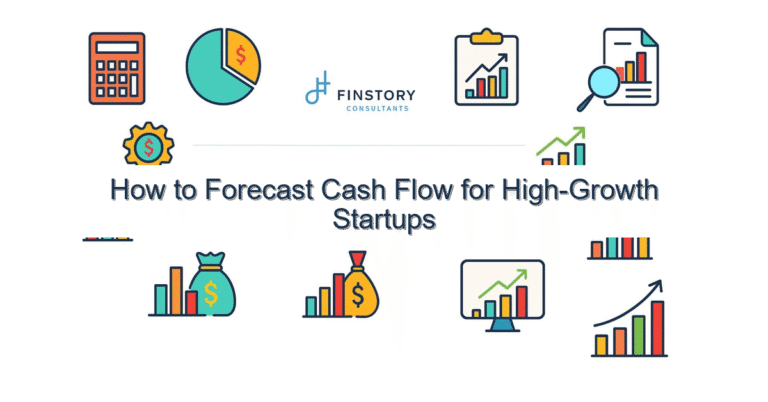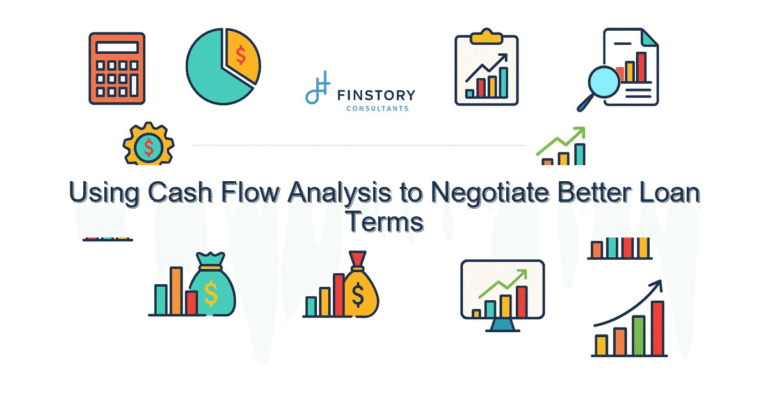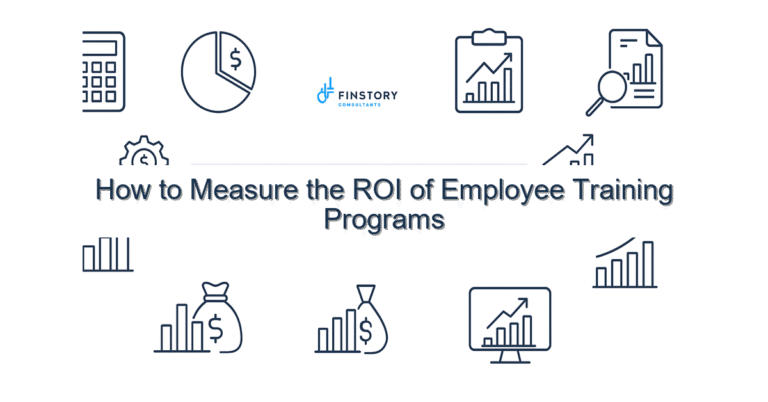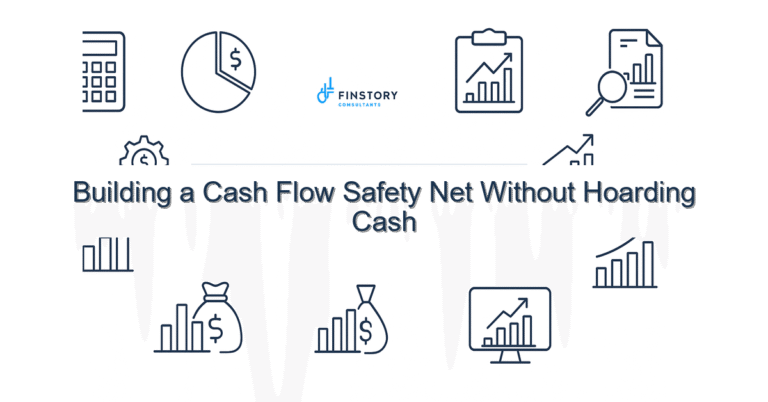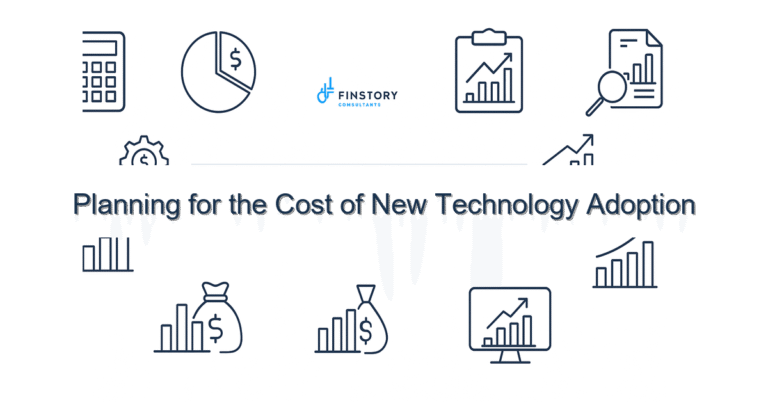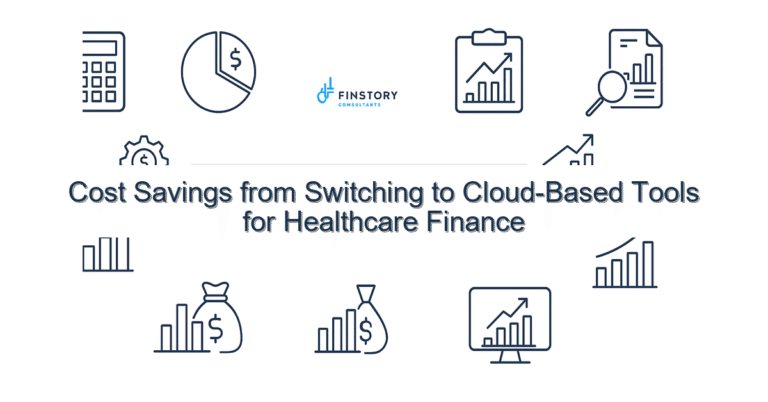What to Do When Your Costs Keep Climbing
Your supplier just raised prices. Again.
Shipping costs are up. Your team wants raises. And the software you rely on quietly doubled its monthly fee.
If your business feels like it’s leaking money in a dozen different places, you’re not imagining things—costs are rising across nearly every industry. But here’s the good news: with the right strategy, you can manage the pressure and even come out ahead.
Why Costs Are Rising (and Why It Matters)
Sure, “inflation” is the headline, but rising costs come from a mix of factors:
- Supply chain disruptions
- Increased wages and labor shortages
- Higher interest rates
- Global market instability
- Vendor consolidation (fewer options = higher prices)
Understanding which costs are rising—and why—helps you respond with precision rather than panic.
Two Business Stories: Adapting or Absorbing?
Example 1: The Craft Manufacturer Who Got Scrappy
A boutique candle company saw wax and packaging prices spike 20% over a year. Instead of passing all the costs to customers, they took a layered approach: they redesigned their product line with more standardized containers, negotiated with two new regional suppliers, and offered bundled sets at slightly higher price points. Their margins held—and customers loved the new options.
Example 2: The Agency That Waited Too Long
A creative agency watched software, freelance, and admin costs quietly balloon. But they didn’t adjust pricing or review usage until profits dropped significantly. A quick audit revealed unused subscriptions, overlapping tools, and projects underpriced two years ago. With tighter controls and a 10% rate increase for new clients, they reversed the trend—but it took months to stabilize.
5 Strategies to Tame Rising Costs
1. Run a Cost Audit Every Quarter
Pull your expense reports and ask:
- What’s increased significantly in the last 3–6 months?
- What are we using regularly—and what’s just… there?
Start with subscriptions, software, contractors, and shipping.
2. Renegotiate Contracts or Explore New Vendors
Loyalty is great—until it’s hurting your bottom line. Revisit terms with suppliers, explore group buying opportunities, or look into cooperative partnerships.
Even a 5–10% savings can add up fast.
3. Reprice or Repackage Your Offerings
Many founders hesitate to raise prices. But small, thoughtful increases (especially with added value or a refreshed brand message) are often accepted without pushback.
Alternatively, create bundles or tiered options that shift customer behavior without major sticker shock.
4. Optimize Headcount and Automation
Before hiring, ask: could a part-time contractor or automation tool do the job?
Review tasks your team spends time on. Tools like Zapier, Airtable, or ClickUp can reduce repetitive admin work—freeing up capacity without adding payroll.
5. Forecast Worst-Case Scenarios
Work with your bookkeeper or Virtual CFO to build a “stress test” model.
What happens if costs rise another 10%? If revenue dips at the same time?
Planning for the downside gives you more confidence and agility to act when things shift.
The Quiet Power of a Virtual CFO
A Virtual CFO helps you see the big picture: where costs are trending, where you’re vulnerable, and what levers you can actually pull. Whether it’s spotting underperforming expenses or helping you price for profit, they provide clarity so you’re not guessing in the dark.
Final Word: Be Proactive, Not Reactive
You can’t control global shipping rates or software price hikes. But you can control how quickly and confidently you respond. Businesses that stay nimble, stay curious, and review their numbers often are the ones that thrive—even in tough times.
What’s one expense you haven’t reviewed in months?
Take 10 minutes today to dig in—you might be surprised what you find.

